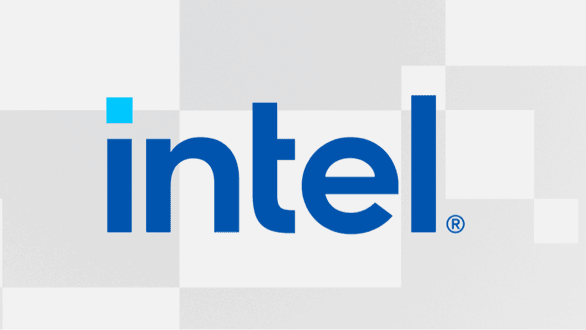@zwitterion
It's not an engineering issue. It's a spectrum issue with Governments needing to sign off on the spectrum changes for 6E. As soon as everyone's in agreement then the products rollout quicker. Intel already attempted to saturate the market with the AX200/210 options for internal use.
If you want bleeding edge 160mhz bandwidth over USB you need to take it into your own hands at the moment. (initial reply / suggestions)
If you want something more refined then you need to wait but, being 2 plus years into 6/6E with Intel it's apparent what the issue is and it's not an engineering issue it's a product development delay due to the spectrum not being released worldwide yet. It's making progress though in different countries releasing it and certifying it for use on the consumer side.
Maybe I need to make this stupidly simple for you?
USB 5gbps <> USB sled <> M2 AX200/210 <> Antennas = WIFI @ 160mhz
The only electrical engineering issue would be if the card exceeded the 5V output from the USB port and if that's the case then you would need to look into a port that provides higher output with PD certification. The card itself though isn't power hungry.
Product Brief: Learn about the Intel® Wi-Fi 6E AX2 10 (Gig+) adapter. Featuring greater network flexibility, greater speed, and reduced latency.

www.intel.com
View attachment 42135
@
qiuyan81
https://www.amazon.com/dp/B09MD7G292/?tag=snbforums-20
https://www.amazon.com/dp/B09M3PKGXS/?tag=snbforums-20
https://www.amazon.com/dp/B07T48C7KB/?tag=snbforums-20
https://www.amazon.com/dp/B09B1CWLBK/?tag=snbforums-20
https://www.amazon.com/dp/B09QQWQS1N/?tag=snbforums-20
These should be able to get close to a 6/6E in terms of speed. While they're not topping out on the 5ghz band @ 2400mbps like the Intel internal card they get you 1/2 way there. Dig through the reviews to check actual speed throughput though.


